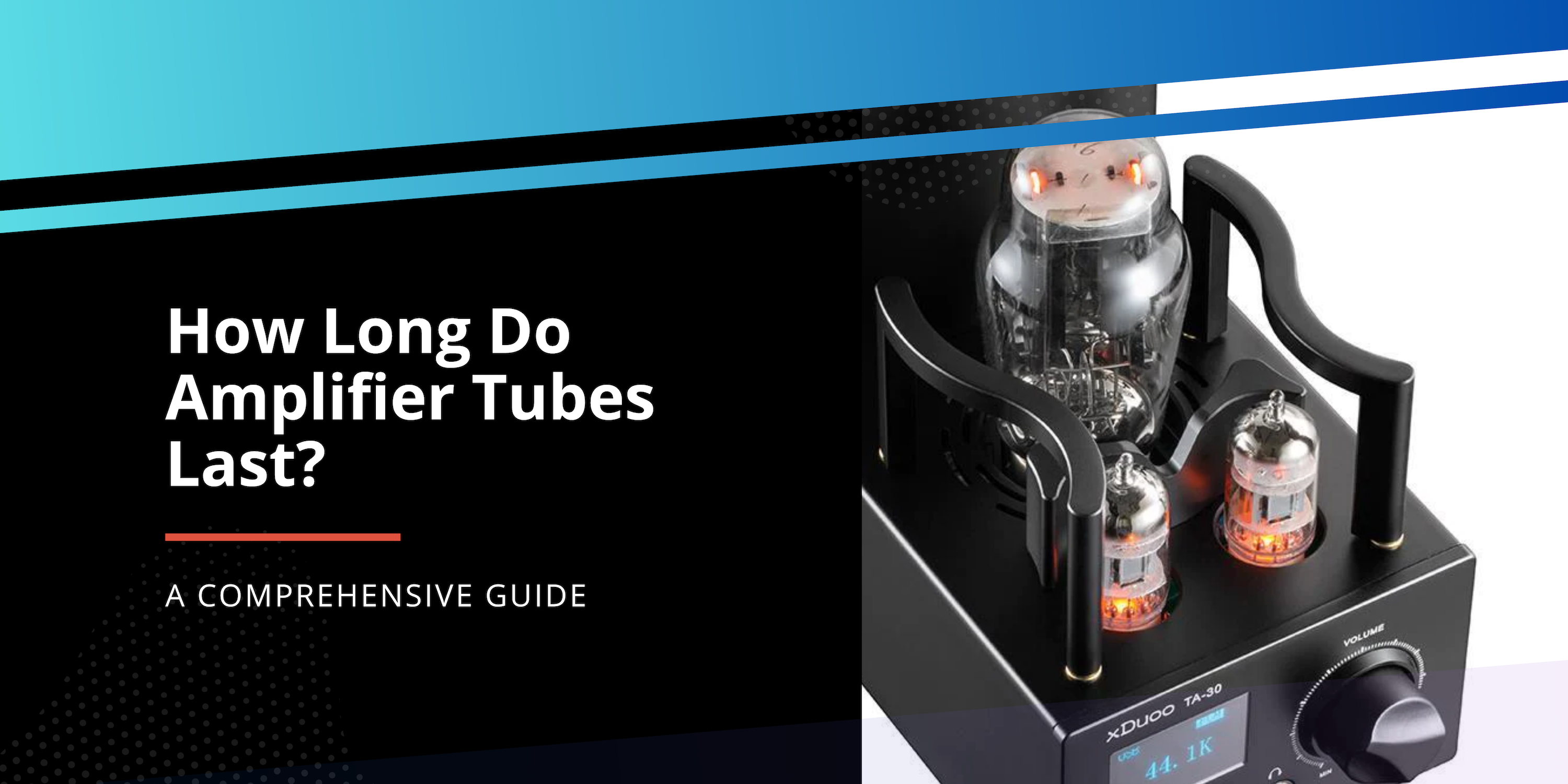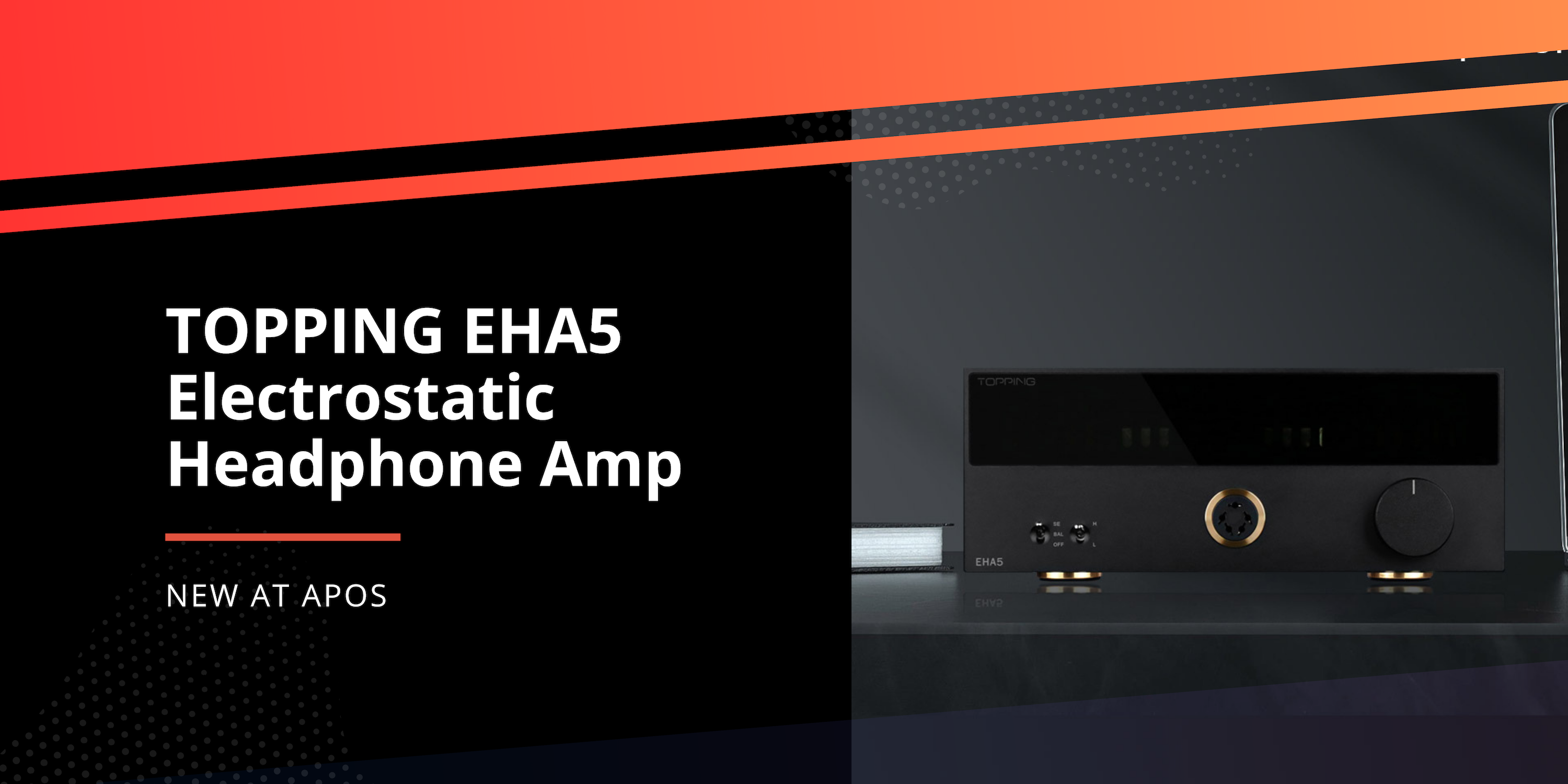
How Long Do Amplifier Tubes Last?
Introduction
Amplifier tubes are an essential component for many audiophiles in search of a warm, rich, and authentic sound. If you're a part of the audiophile community, you might be wondering how long these tubes last and when to replace them. In this guide, we'll cover everything you need to know about amplifier tubes' lifespan, factors that affect their longevity, and how to maintain them for optimal performance.
How Long Do Amplifier Tubes Last?
The lifespan of amplifier tubes varies depending on factors such as usage, quality, and maintenance. On average, preamp tubes can last up to 10,000 hours, while power tubes may need replacement after 1,000 to 2,000 hours of use. Rectifier tubes generally last between 5,000 and 10,000 hours. Keep in mind that these are just rough estimates, and the actual lifespan of your amplifier tubes may vary.
Factors Affecting the Lifespan of Amplifier Tubes
- Usage: The more frequently you use your tube amplifier, the shorter the tubes' lifespan will be. If you're a heavy user, you might need to replace your tubes more often than someone who uses their amplifier less frequently.
- Quality: High-quality tubes usually last longer than their cheaper counterparts. It's worth investing in reputable brands to ensure the longevity of your tubes.
- Maintenance: Proper care and maintenance of your amplifier and its tubes can significantly extend their lifespan. This includes regular cleaning, proper storage, and ensuring optimal operating conditions.

Types of Amplifier Tubes and Their Lifespans
There are three main types of amplifier tubes: preamp tubes, power tubes, and rectifier tubes. Each type has a different function and lifespan.
Preamp Tubes
Preamp tubes (or small signal tubes) are responsible for amplifying the input signal from your instrument or audio source. These tubes are generally more durable and have a longer lifespan, lasting up to 10,000 hours of use. Some popular preamp tubes include the 12AX7, 12AT7, and 6922.
Power Tubes
Power tubes (or output tubes) amplify the signal from the preamp stage to a level that can drive your speakers or headphones. These tubes are subjected to more stress and heat, resulting in a shorter lifespan of 1,000 to 2,000 hours. Common power tubes include the EL34, 6L6, and KT88.
Rectifier Tubes
Rectifier tubes convert alternating current (AC) from the power transformer to direct current (DC) needed by the amplifier. These tubes generally last between 5,000 and 10,000 hours. Some well-known rectifier tubes are the 5AR4, 5U4, and 5Y3.
Signs Your Amplifier Tubes Need Replacement
It's essential to know the signs that indicate your amplifier tubes may need replacement. Some common symptoms include:
- Loss of tone quality: If your amplifier starts to sound dull, lifeless, or less dynamic, it might be time to replace the tubes.
- Flickering or dimming tubes: Tubes that flicker or appear dimmer than usual may be nearing the end of their lifespan.
- Unusual sounds or noise: If you notice strange sounds like crackling, humming, or excessive hissing, your tubes may be failing.
- Reduced power output: A decrease in power output can indicate that your tubes are no longer functioning optimally.

How to Prolong the Lifespan of Amplifier Tubes
Taking proper care of your amplifier tubes can help prolong their lifespan and ensure optimal performance. Here are some tips to help you maintain your tubes:
- Warm-up time: Allow your amplifier to warm up for a few minutes before playing audio. This gives the tubes time to reach their optimal operating temperature, reducing stress on the tubes.
- Cool-down time: After using your amplifier, let it cool down for a few minutes before turning it off. This helps prevent thermal shock, which can cause the tubes to crack or fail prematurely.
- Proper ventilation: Ensure your amplifier has adequate ventilation to dissipate heat. Overheating can shorten the life of your tubes and other components.
- Clean your amplifier: Regularly clean the interior and exterior of your amplifier to remove dust and debris, which can obstruct airflow and cause overheating.
- Handle with care: Tubes are fragile, so handle them with care when installing or replacing them. Avoid touching the glass with your bare hands, as the oils from your skin can cause hot spots and premature failure.
- Use a standby switch: If your amplifier has a standby switch, use it to extend the life of your tubes. The standby mode allows the tubes to warm up without passing audio, reducing wear and tear on the tubes.
- Store your amplifier properly: When not in use, store your amplifier in a cool, dry place away from direct sunlight, extreme temperatures, and moisture.
Conclusion
The lifespan of amplifier tubes depends on various factors, including usage, quality, and maintenance. By understanding the different types of tubes, their lifespans, and the signs that indicate they need replacement, you can ensure your amplifier continues to deliver exceptional sound quality. Proper care and maintenance can prolong the life of your tubes and keep your amplifier sounding its best for years to come. Explore Apos Audio's extensive collection of amplifiers to find the perfect addition to your audio setup.


